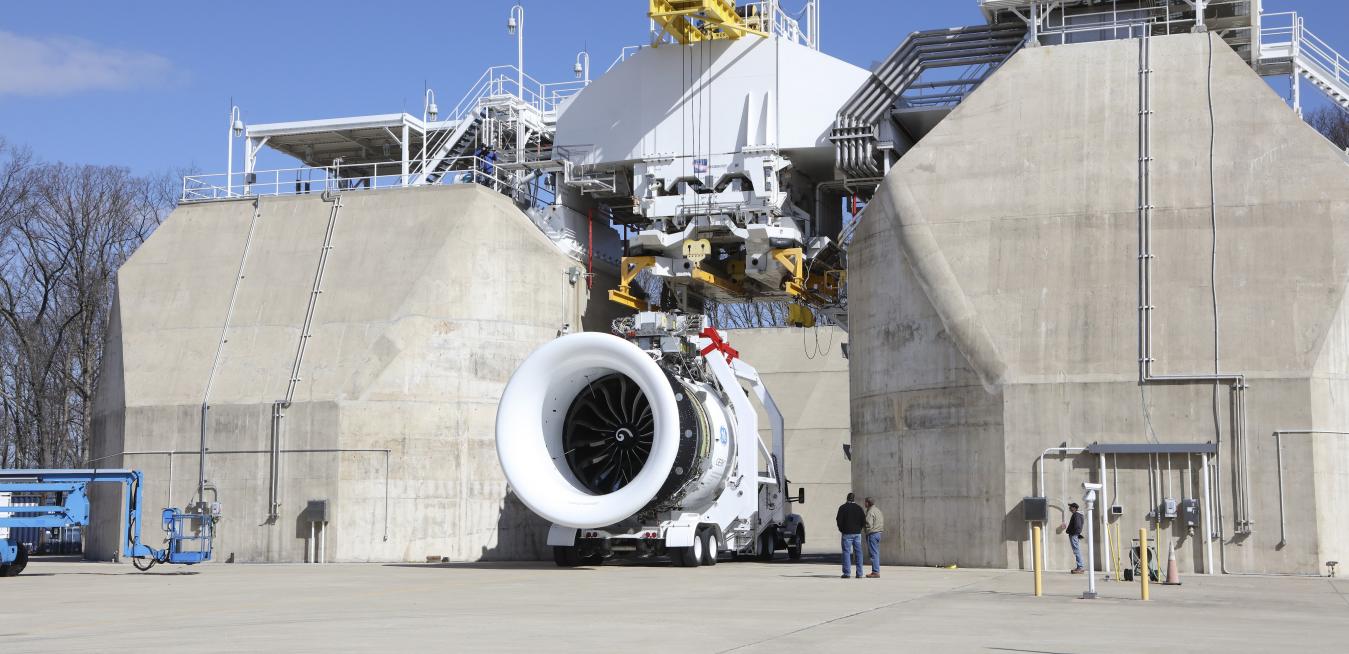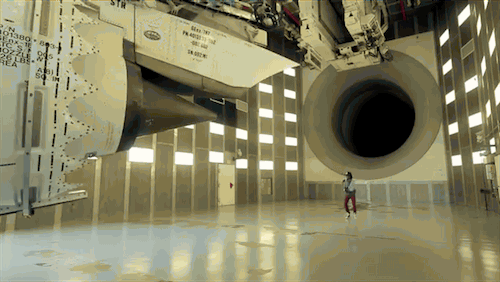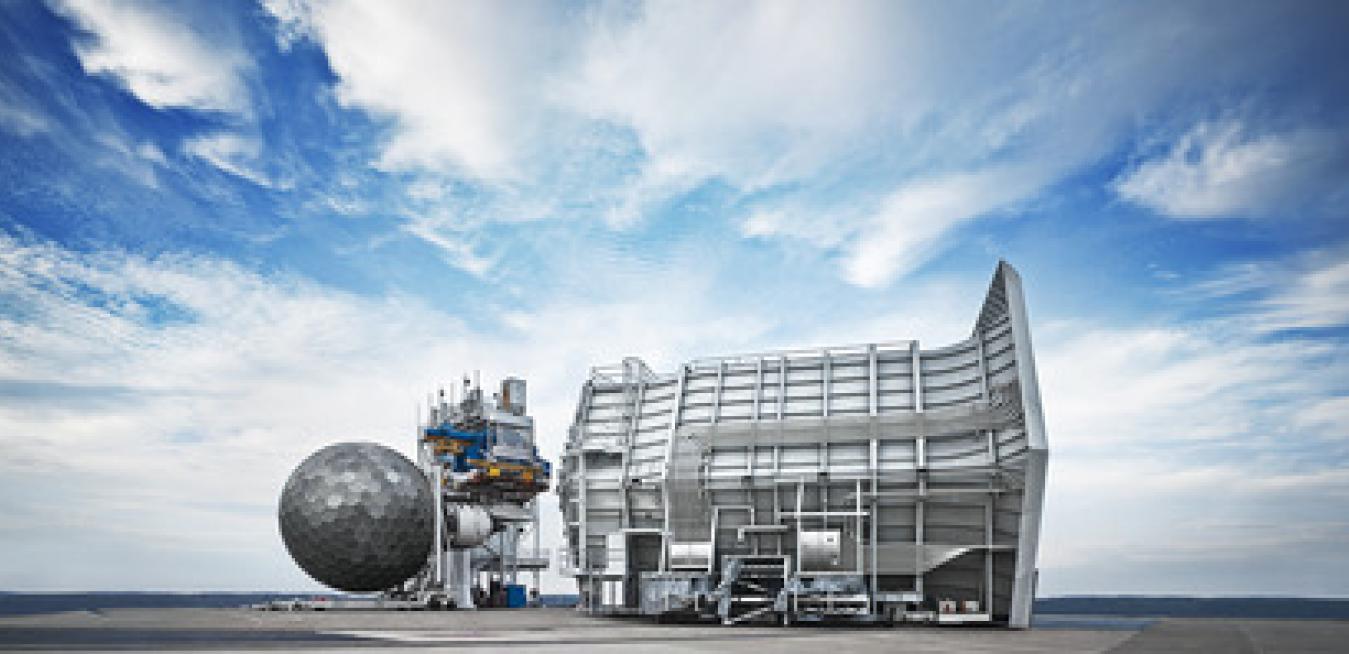When the last 747-8F freighter rolls out of the completion center at Boeing’s wide-body aircraft factory in Everett, Washington, on Jan. 31, it will be a poignant moment for Dave Kircher.
“In aviation, everybody can probably tell you two things: the first time they flew anything and the first time they flew on a 747,” he says. For Kircher it was a British Airways flight to London early in his career. “I’ll never forget being on that upper deck of a 747. It’s just iconic.”
It’s a giant.
Day in and day out, engineers GE’s Peebles Test Operation subject jet engines to the FAA equivalent of a Tough Mudder race. From the giant GEnx to the tiny HondaJet, the engines must endure hurricane-force winds, bird strikes, heavy rain, hail, ice blasts and other extreme hardships to be certified for flight by aviation regulators. Like any endurance athlete, they consume a lot of calories to power through the course; as much as 200,000 bathtubs of jet fuel annually, or 10 million gallons.













